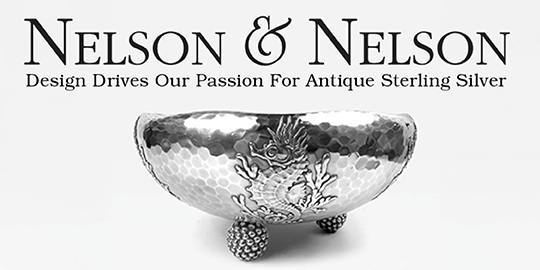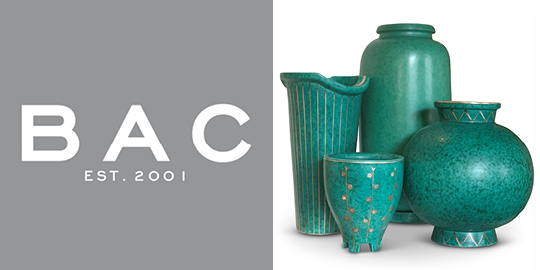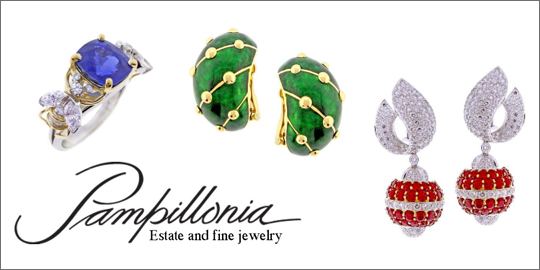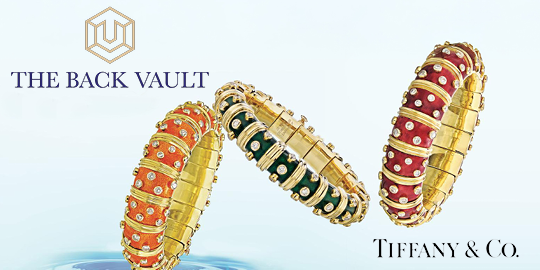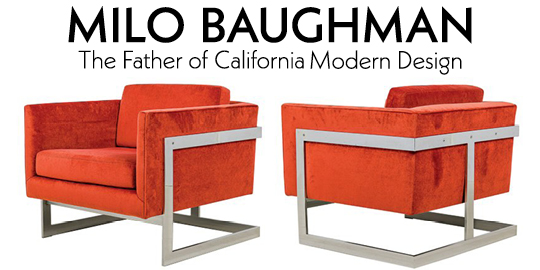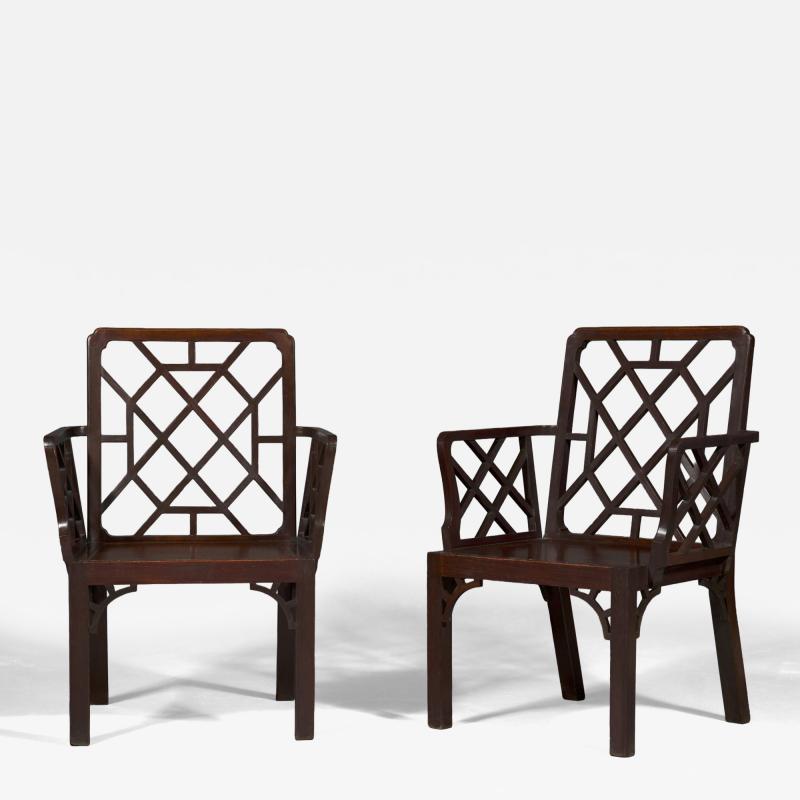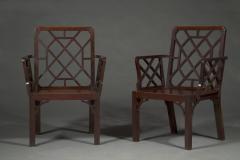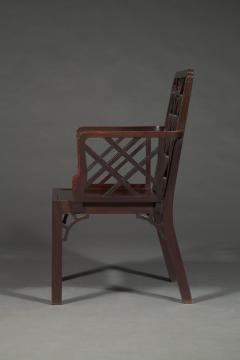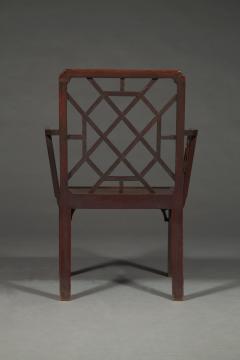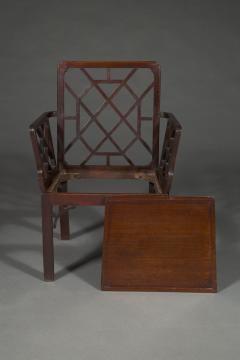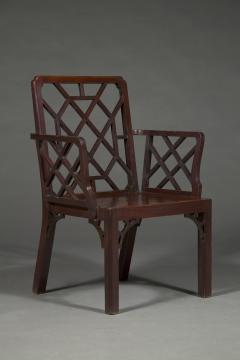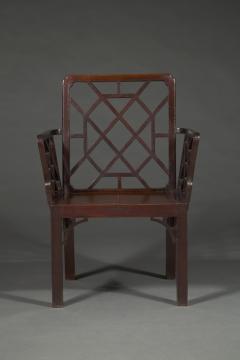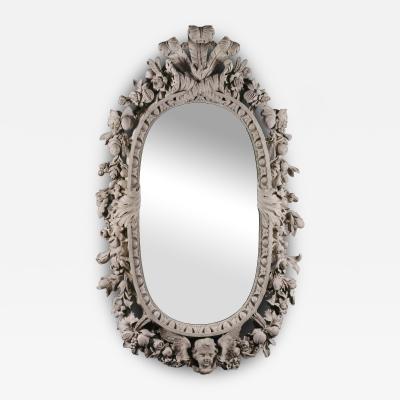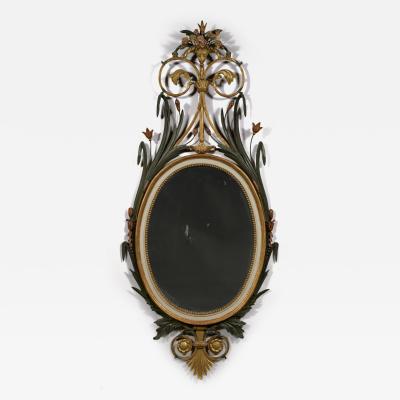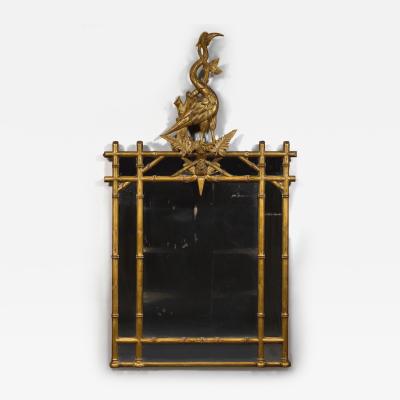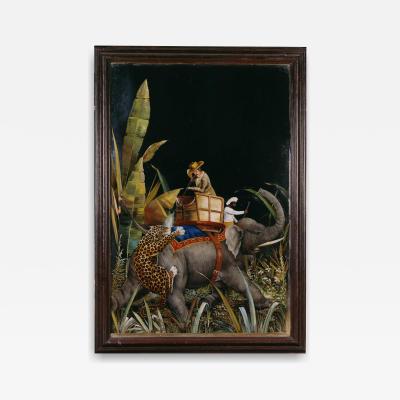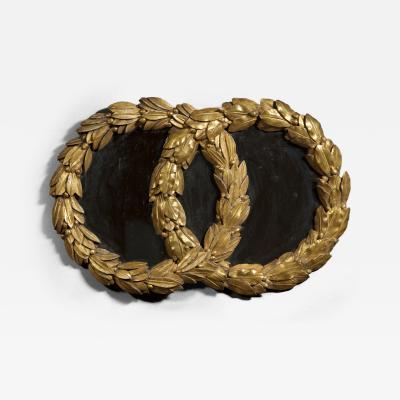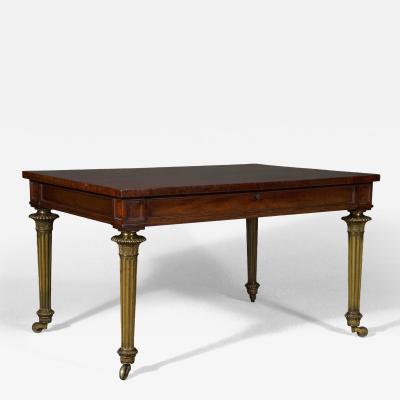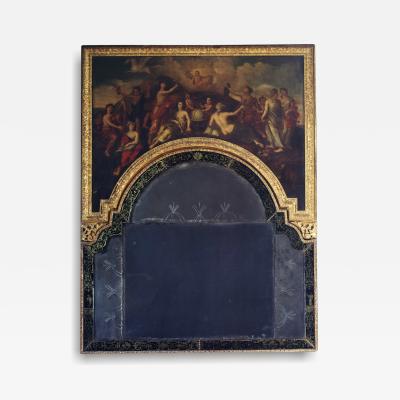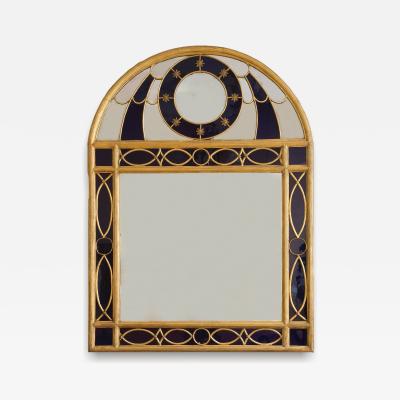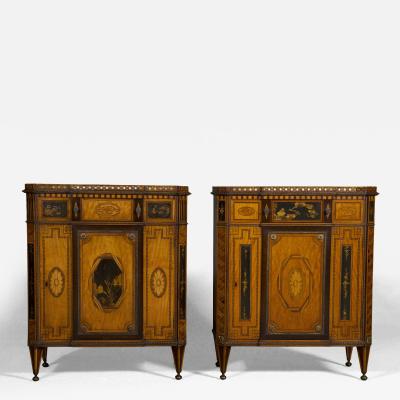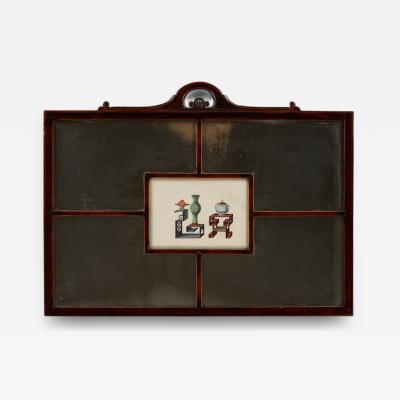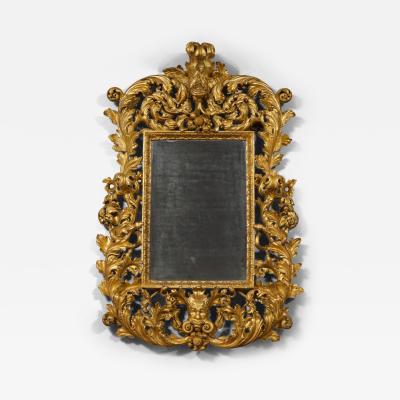Set of Six unusual George III mahogany cockpen armchairs of generous scale
-
Description
Set of Six unusual George III mahogany cockpen armchairs of generous scale with detachable solid mahogany drop-in seats
English. Second Quarter Of The Eighteenth Century.
Measurements
Height: 36" (91.5 cm); Width: 25" (63.5 cm); Depth: 17 1/4 " (43.8 cm); Height of Seat: 16" (40.6 cm)
Research:
Of mahogany. The rectangular open backs with shaped corners set with lattice infilling within a plain frame. The canted open armrests with similar lattice fretwork. A drop-in seat rests upon a plain frieze from which issue four square legs joined to the seat rail with pierced brackets.
Scholarship maintains that this style of chair, with latticework back and splayed arms, owes its name to the village church at Cockpen, Midlothian, Scotland, where this model of seating formed the family pew chairs reserved for the Earls and Marquesses of Dalhousie. The form remained popular in Scotland throughout the second half of the eighteenth century, usually in a more simplified form.
A full-blown version of the first phase of production of this interesting, peculiarly British model typically employs a Chinese lattice pattern infilling the back and arm enclosures. Perhaps the most famous of this type is the lacquered set made by John and William Linnell for the Chinese Bedroom at Badminton House circa 1754, examples of which are today in the Victoria and Albert Museum (figure 1).
The taste for the chinoiserie style had reached a high fashion among the wealthy and cultivated in English society in the eighteenth century. Although oriental styles and forms had been known about in Europe from the Middle Ages it was only in the seventeenth century, with the expansion of trade with the Far East, that chinoiserie began to exert a real influence on the design of the applied arts.
Full research report available on request. -
More Information
Origin: England Period: 18th Century Styles / Movements: Traditional, George III Dealer Reference #: 11884 Incollect Reference #: 810256 -
Dimensions
W. 25 in; H. 36 in; D. 17.25 in; W. 63.5 cm; H. 91.44 cm; D. 43.82 cm; Seat H. 16 in; Seat H. 40.64 cm;
Message from Seller:
Carlton Hobbs, LLC specializes in the acquisition, conservation, and research of 17th to 19th century British and Continental furniture and works of art, with a focus on pieces of exceptional merit, including royal and aristocratic provenance. For inquiries, contact 212.423.9000 or email stefanie@carltonhobbs.com.







